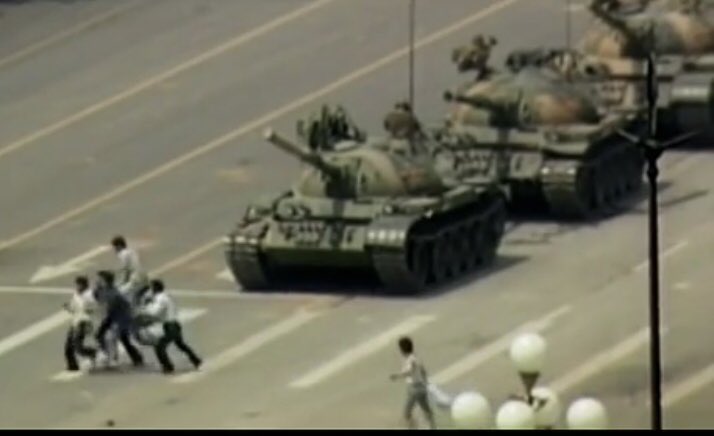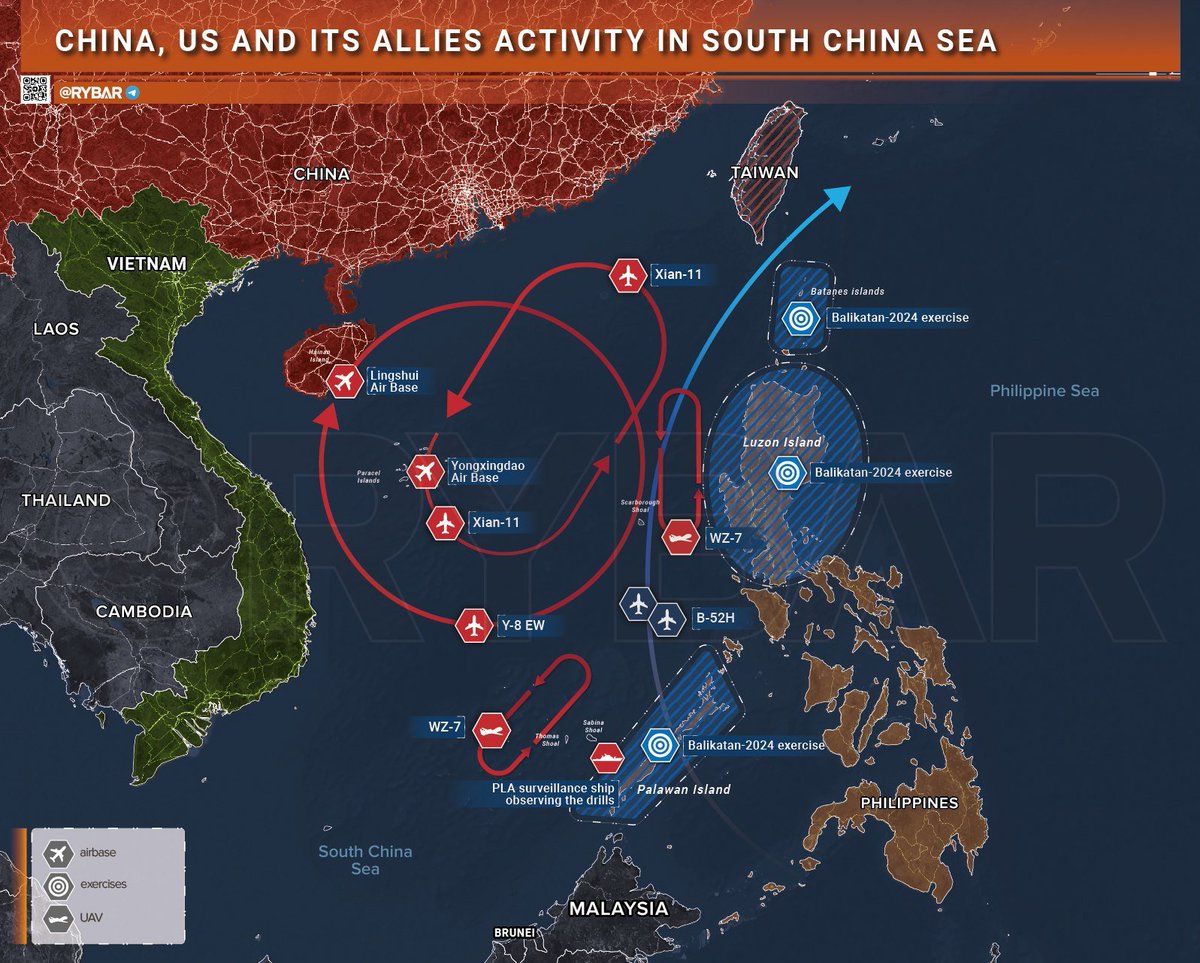#THREAD:
1/ #TiananmenSquareMassacre 32nd anniversary on Friday June 4th
A picture thread of the #TiananmenMassacre on June 4, 1989
Over 10,000 students were killed that day by the #PLA, based on #US intelligence of #CCP documents.
#Tiananmen32
#StandWithHongKong



1/ #TiananmenSquareMassacre 32nd anniversary on Friday June 4th
A picture thread of the #TiananmenMassacre on June 4, 1989
Over 10,000 students were killed that day by the #PLA, based on #US intelligence of #CCP documents.
#Tiananmen32
#StandWithHongKong




2/ #TiananmenSquareMassacre 32nd anniversary on Friday June 4th
A picture thread of the #TiananmenMassacre on June 4, 1989
It's estimated that over 10,000 students were killed that day by the #PLA, based on #US intelligence of #CCP documents.
#Tiananmen32
#StandWithHongKong



A picture thread of the #TiananmenMassacre on June 4, 1989
It's estimated that over 10,000 students were killed that day by the #PLA, based on #US intelligence of #CCP documents.
#Tiananmen32
#StandWithHongKong




3/ #TiananmenSquareMassacre 32nd anniversary on Friday June 4th
A picture thread of the #TiananmenMassacre on June 4, 1989
It's estimated that over 10,000 students were killed that day by the #PLA, based on #US intelligence of #CCP documents.
#Tiananmen32
#StandWithHongKong



A picture thread of the #TiananmenMassacre on June 4, 1989
It's estimated that over 10,000 students were killed that day by the #PLA, based on #US intelligence of #CCP documents.
#Tiananmen32
#StandWithHongKong




4/ #TiananmenSquareMassacre 32nd anniversary on Friday June 4th
A picture thread of the #TiananmenMassacre on June 4, 1989
It's estimated that over 10,000 students were killed that day by the #PLA, based on #US intelligence of #CCP documents.
#Tiananmen32
#StandWithHongKong



A picture thread of the #TiananmenMassacre on June 4, 1989
It's estimated that over 10,000 students were killed that day by the #PLA, based on #US intelligence of #CCP documents.
#Tiananmen32
#StandWithHongKong




5/ #TiananmenSquareMassacre 32nd anniversary on Friday June 4th
A picture thread of the #TiananmenMassacre on June 4, 1989
It's estimated that over 10,000 students were killed that day by the #PLA, based on #US intelligence of #CCP documents.
#Tiananmen32
#StandWithHongKong



A picture thread of the #TiananmenMassacre on June 4, 1989
It's estimated that over 10,000 students were killed that day by the #PLA, based on #US intelligence of #CCP documents.
#Tiananmen32
#StandWithHongKong




6/ #TiananmenSquareMassacre 32nd anniversary on Friday June 4th
A picture thread of the #TiananmenMassacre on June 4, 1989
It's estimated that over 10,000 students were killed that day by the #PLA, based on #US intelligence of #CCP documents.
#Tiananmen32
#StandWithHongKong



A picture thread of the #TiananmenMassacre on June 4, 1989
It's estimated that over 10,000 students were killed that day by the #PLA, based on #US intelligence of #CCP documents.
#Tiananmen32
#StandWithHongKong




7/ #TiananmenSquareMassacre 32nd anniversary on Friday June 4th
A picture thread of the #TiananmenMassacre on June 4, 1989
It's estimated that over 10,000 students were killed that day by the #PLA, based on #US intelligence of #CCP documents.
#Tiananmen32
#StandWithHongKong



A picture thread of the #TiananmenMassacre on June 4, 1989
It's estimated that over 10,000 students were killed that day by the #PLA, based on #US intelligence of #CCP documents.
#Tiananmen32
#StandWithHongKong




8/ #TiananmenSquareMassacre 32nd anniversary on Friday June 4th
A picture thread of the #TiananmenMassacre on June 4, 1989
It's estimated that over 10,000 students were killed that day by the #PLA, based on #US intelligence of #CCP documents.
#Tiananmen32
#StandWithHongKong



A picture thread of the #TiananmenMassacre on June 4, 1989
It's estimated that over 10,000 students were killed that day by the #PLA, based on #US intelligence of #CCP documents.
#Tiananmen32
#StandWithHongKong




• • •
Missing some Tweet in this thread? You can try to
force a refresh






















